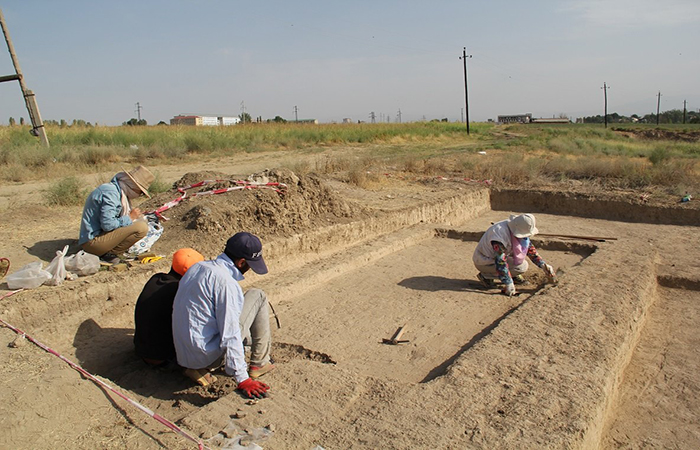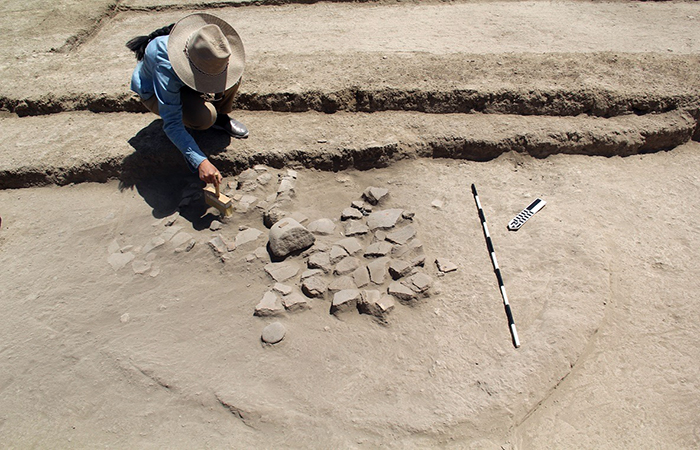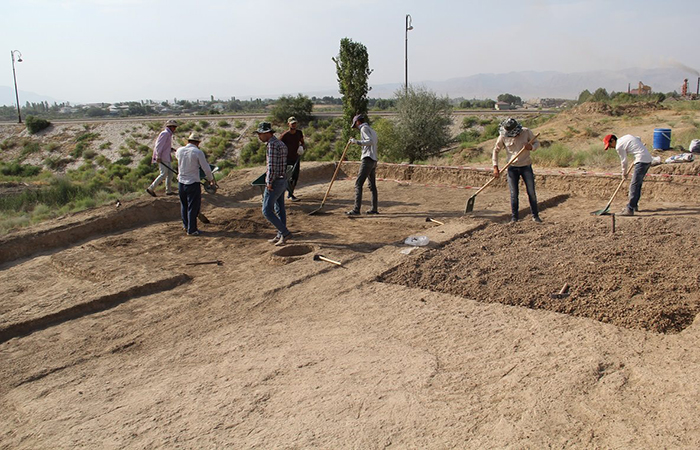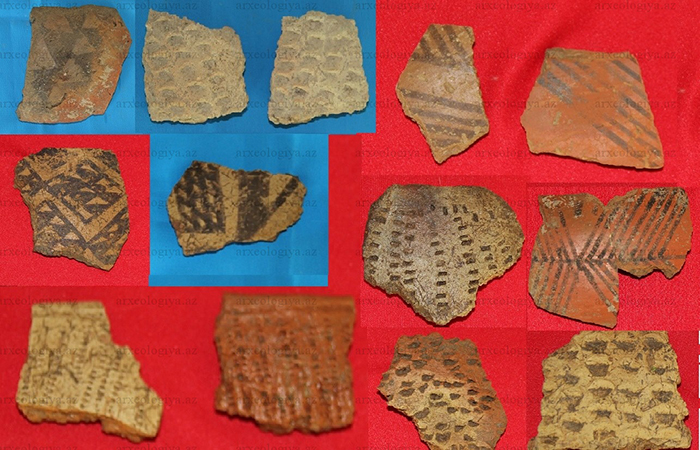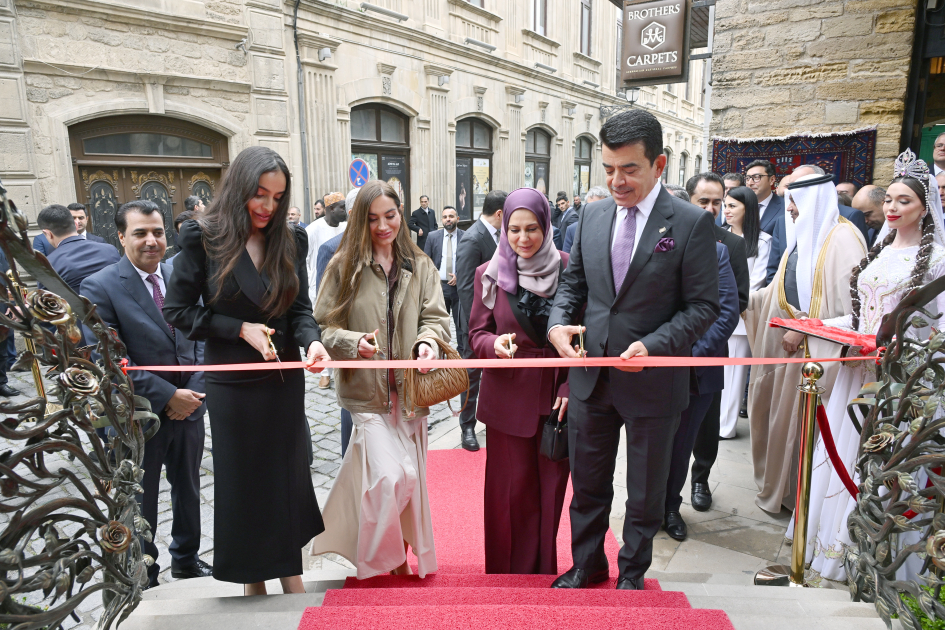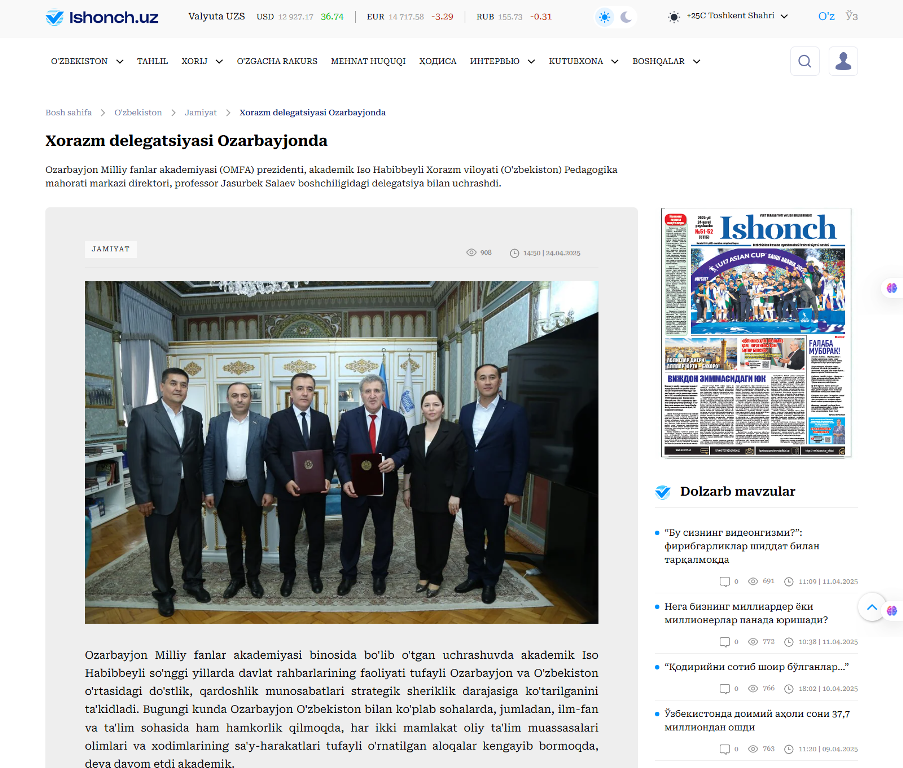- A-
- A
- A+
Discovered new archaeological monuments in Nakhchivan
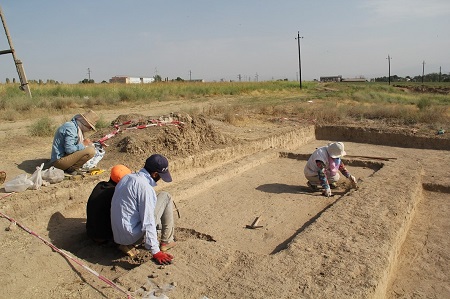
In the course of recent research, a significant number of new archaeological sites were discovered on the territory of Nakhchivan Autonomous Republic.
According to the head of the Department of Archeology of the ancient period of the Institute of History, Ethnography and Archeology of Nakhchivan Department, head of the city of Nakhchivan archaeological expedition, correspondent member of ANAS Veli Bakhshaliyev, some of these monuments belongs to the period of the Chalcolithic (copper-stone age, VI-IV millennium BC ). The scientist said that the results of radiocarbon samples taken during surveys of Uchan Agil and Uzunoba monuments, near Nakhchivan city, show that the monuments date back to the first half of V millennium.
In addition, the new settlement discovered on the right bank of Nahchivanchay, was found painted pottery, inlaid with the pressure of the fingers and nails. New findings indicate the existence of ancient culture of Urmia and Nakhchivan Eneolithic culture in the South Caucasus basin, Azerbaijan.
The scientist also said that 95% of obsidian that was used in the monuments in Urmia basin (rock composed of volcanic glass), delivered from Sunik field near Nakhchivan: "Research of Eneolithic monuments around Kultepe showed that Nakhchivan was an important strategic point in providing obsidian settlements in the basin of Urmia. Mapping on the basis of GPS coordinates of the settlements of the Eneolithic period enables the establishment of ancient communication lines. "
©All rights are reserved. Citing to www.science.gov.az is necessary upon using news.
Similar News
Links


 Elm TV
Elm TV
 Photo
Photo
 Video
Video
